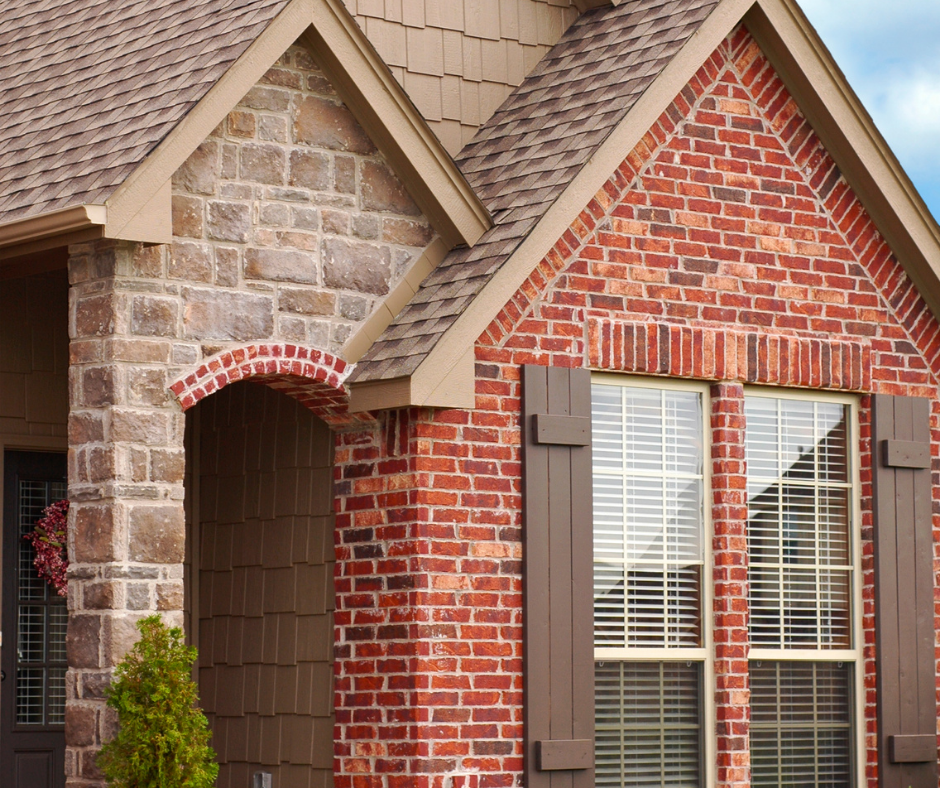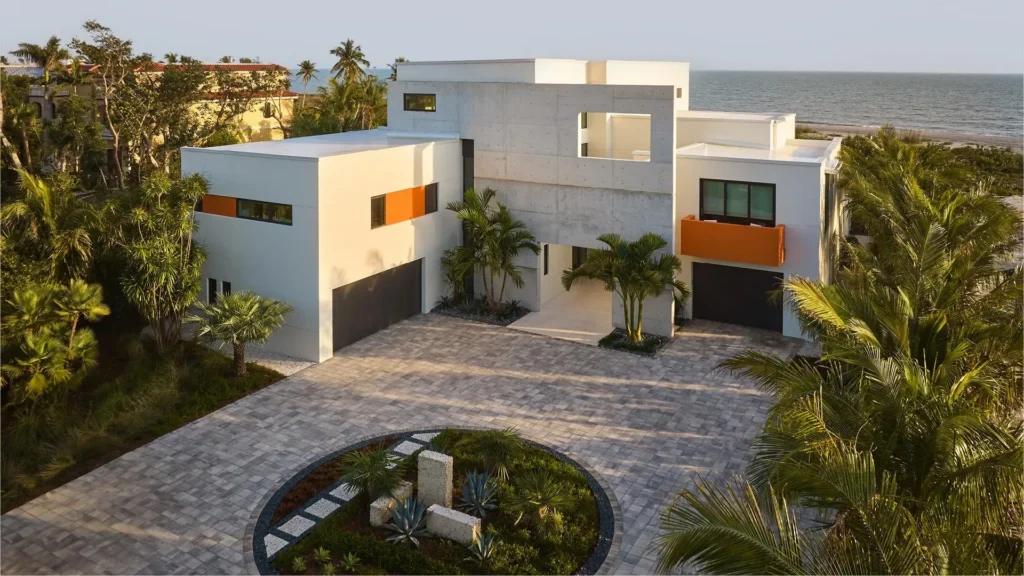
How America’s Powerful Are Designing Their Homes for Influence
May 21, 2025 UncategorizedIn America’s corridors of power—among CEOs, tech moguls, politicians, and A-list influencers—home is more than a sanctuary. It’s a stage, a message, and a silent tool of persuasion. As the personal and professional lines blur, especially in a post-pandemic world, powerful Americans are designing their homes with intention, influence, and image in mind. It’s not just about luxury anymore—it’s about legacy, identity, and control.
So how exactly are the rich and powerful shaping their homes to influence how they are perceived—and what messages are they sending?
1. Strategic Opulence: Understated Yet Commanding
Forget the gaudy mansions of yesteryear. Today’s elite are embracing a refined kind of luxury—spaces that whisper wealth rather than shout it. Think minimalist architecture paired with custom artisan pieces, curated art collections, and imported materials that signal taste and global awareness.
High-end homes are now designed to impress, not overwhelm. A reclaimed wood dining table made in Denmark, a piece of Banksy on the hallway wall, or marble flown in from Italy speaks volumes about discernment and access.
In essence, these homes don’t just say “I’m rich”—they say “I’m cultured, strategic, and globally connected.”
2. Command Centers, Not Living Rooms
For today’s powerful individuals, the home is a command post. Boardrooms have been replaced by sleek home offices equipped with studio-quality lighting, soundproofing, and world-class tech. These aren’t just workspaces—they’re backdrops for influence: Zoom calls with world leaders, investor meetings, or media interviews.
Designers are building media-ready interiors—complete with flattering lighting, iconic bookshelves, and perfectly placed personal mementos—all curated to project authority, intelligence, and relatability.
Even more, some homes now feature dedicated “war rooms,” used for managing investments, startups, or political campaigns—fully secure and invisible to guests.

3. Hosting as Power Play
In elite circles, social gatherings are strategic. Dinner parties, fundraisers, and networking events are staged with precision. As such, many powerful individuals design their homes with hospitality in mind—not just to entertain, but to influence.
Open floor plans blend seamlessly into outdoor terraces, wine cellars double as conversation starters, and custom-designed dining areas are equipped to host senators, celebrities, and Silicon Valley investors in the same evening.
The goal? Create a space that makes people feel both comfortable and captivated—a setting where alliances are formed and deals are sealed.
4. Art as Influence
Art is not just décor—it’s language. America’s powerful are curating their walls with works that speak to their values, politics, and intellect. Collectors strategically choose pieces by underrepresented artists, politically charged works, or historical artifacts to subtly assert their worldviews.
A Basquiat signals social awareness. A Kehinde Wiley portrait reveals a nod to progressive identity. A minimalist sculpture by Isamu Noguchi might suggest cultural sophistication and philosophical depth.
These aren’t just investments—they’re conversation tools, signaling allegiance, ideology, or simply elite taste.
5. Wellness as a Status Symbol
Health is the new wealth—and the homes of the influential reflect this obsession with wellness. In-home cryotherapy chambers, Himalayan salt saunas, and biophilic design elements (like indoor gardens and green walls) are now common in ultra-luxury homes.
These spaces aren’t just for relaxation—they’re statements: “I prioritize longevity, performance, and self-optimization.” It’s all part of projecting an image of discipline and elite control over one’s body and mind.

6. Privacy and Power
Perhaps the most telling element of how the powerful design their homes is what’s not visible. Privacy and security are top priorities—think panic rooms, biometric entry systems, and invisible walls between public and private areas.
Influence thrives on mystique. These homes often contain hidden sanctuaries, meditation spaces, and safe rooms, creating the ultimate paradox: openness for the public face, fortification for the private self.
Conclusion: The Architecture of Authority
In 2025, the homes of America’s powerful are no longer just places to live—they’re platforms for influence, power, and legacy. Every piece of furniture, every architectural decision, and every piece of art plays a role in shaping perception.
Whether it’s through understated elegance, curated culture, or private sanctuaries of power, these homes do more than reflect success—they help sustain and grow it.
As the saying goes, “Power resides where men believe it resides.” For America’s elite, the home has become one of the most influential places to shape that belief.
